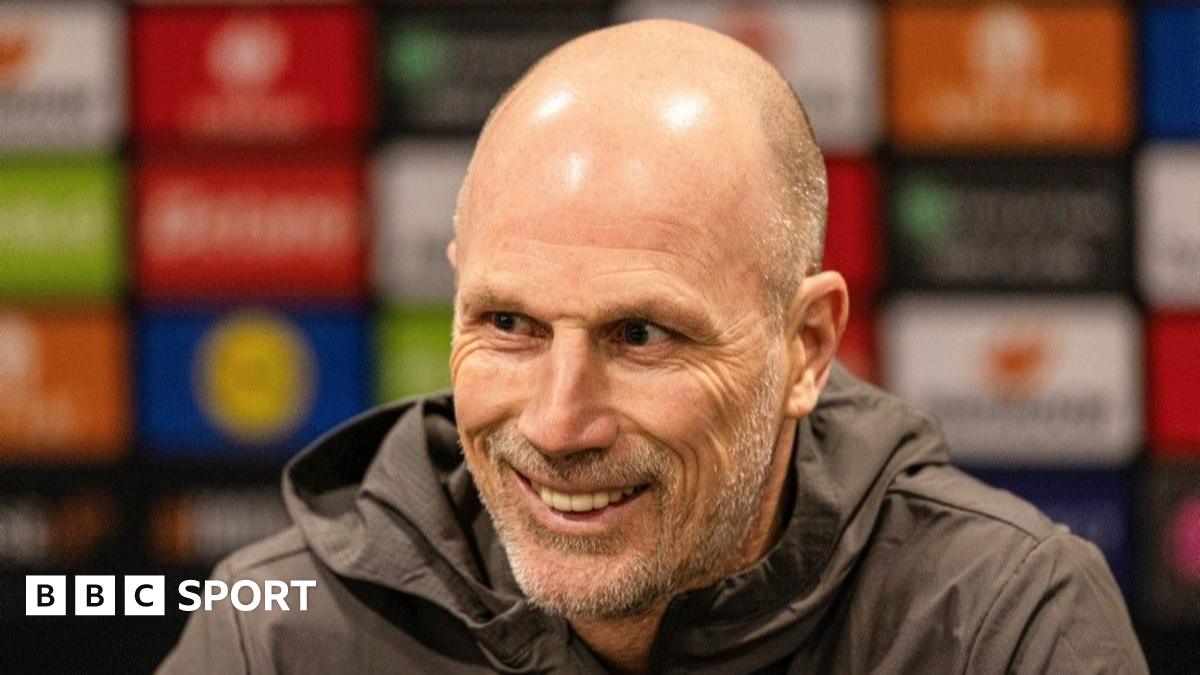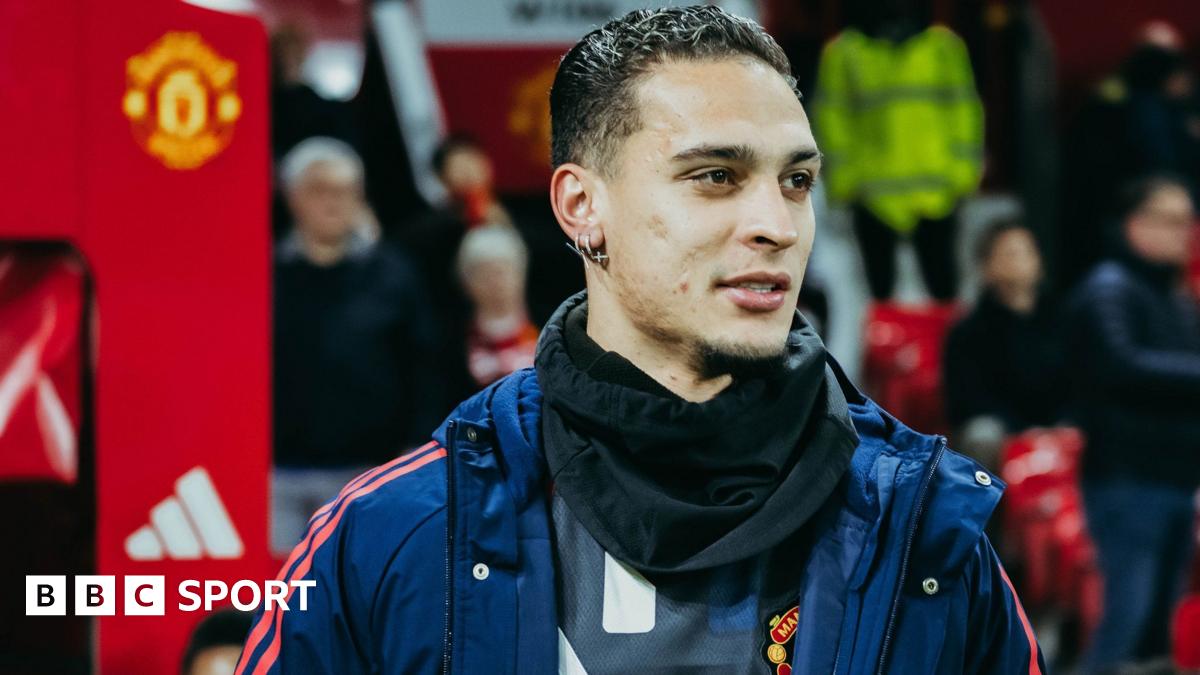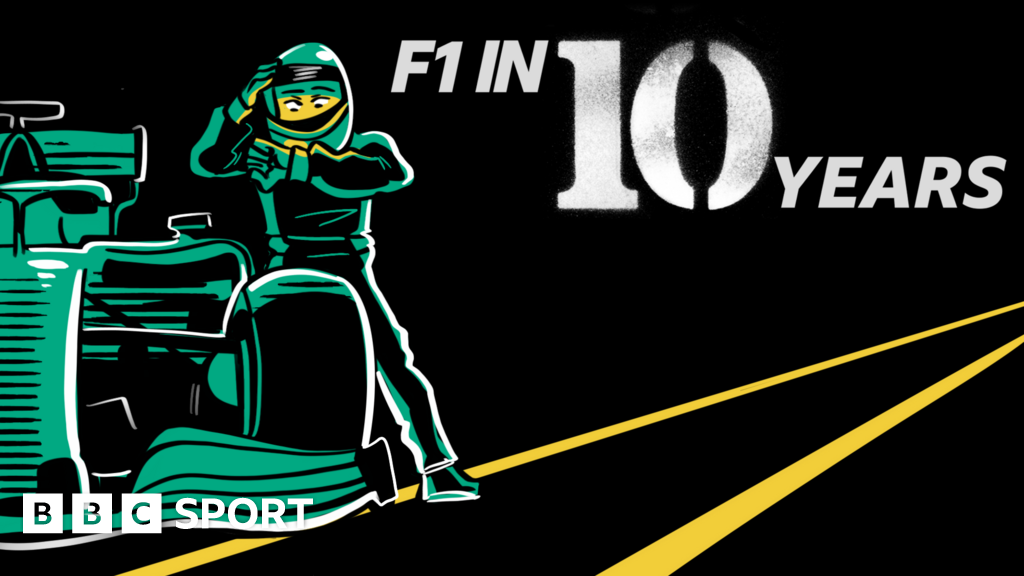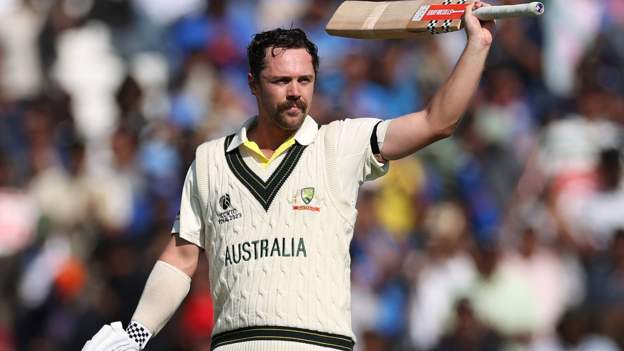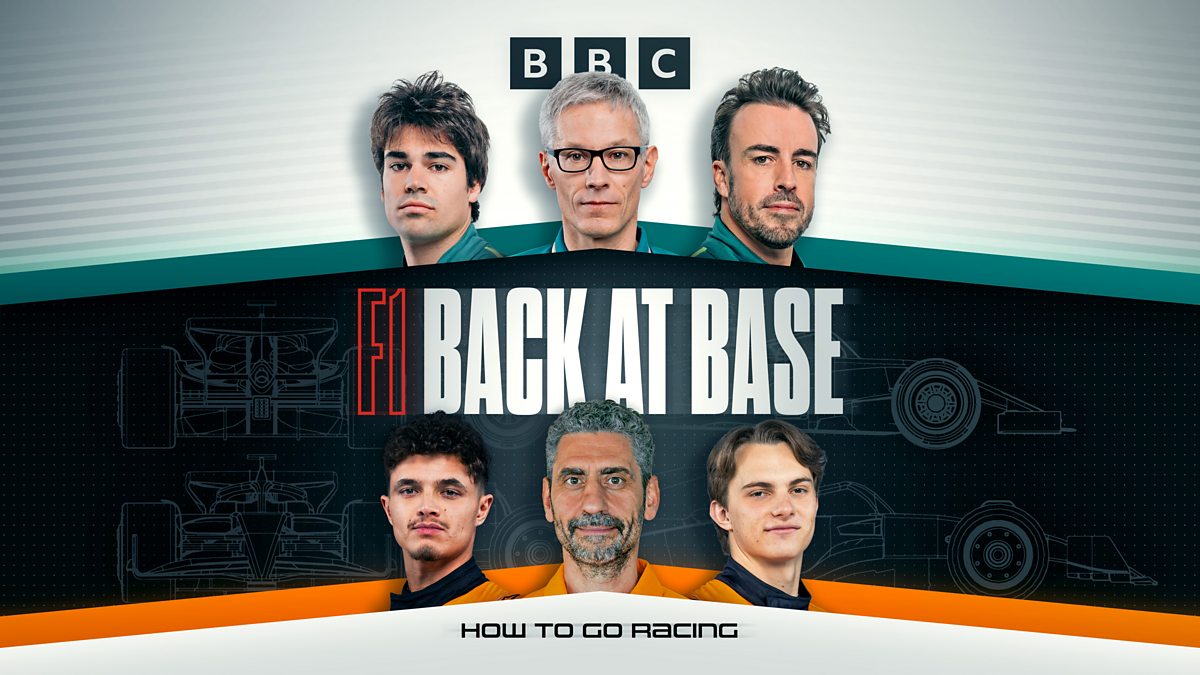Some of the new elements introduced for 2026 are developments prompted by a crash for Romain Grosjean at the 2020 Bahrain Grand Prix which even Hollywood couldn’t have dreamt up.
On the first lap, Grosjean made contact with Daniil Kyvat’s Alpha Tauri, which pitched his Haas into a barrier at high speed, exploding on impact as the car became wedged between the metal bars of the barriers which flank a large part of every Formula 1 circuit.
It was the type of crash the sport hadn’t witnessed for decades, and one which frequently led to fatalities in the past.
Little has ever looked more gladiatorial than Grosjean rising from a huge ball of flames after squeezing between charred and twisted steel and striding across to a waiting ambulance, received by disbelieving marshals and medical staff.
“The engine split from the chassis,” says Tombazis, “which is OK as such, but in splitting it ripped the chassis apart, and so it left the fuel tank exposed, thus fuel came out and it caused a fireball.
“We were very fortunate the driver was conscious and therefore could come out.”
Tombazis then explained how the post-crash analysis process worked.
“Every car has an electronic box which logs a lot of signals,” he says.
“It logs all the G-[force] loads of the car, therefore it’s possible to calculate the trajectory of car as it was out of control and how quickly it decelerated and how hard it hit the barrier, and how it came to rest.
“This data gets analysed. In addition, the remains of the car, the chassis, gets analysed.
“Some of the subsequent analysis we did, we worked on how the engine would come off the chassis and applied further regulation to ensure that when the engine rips off, the failure points are bolts connecting the engine to the chassis and not the chassis itself.
“So now if things go as planned in similar circumstances, maybe the engine comes apart, but the chassis remains intact and the fuel tank also. So that’s one outcome of that accident.”
Grosjean, who now races for Lamborghini in the United States, credits the ‘halo’ head protection device for saving his life, after the structure around the cockpit helped to create enough space in the barrier for the Frenchman to escape.
“Without it, I wouldn’t be able to speak with you today,” said Grosjean after the crash.
There have been several clear instances where serious injury has been averted thanks to the halo and other innovations across the sport.
F1’s current quickest man – McLaren’s Lando Norris – agrees, highlighting the crash between Lewis Hamilton and Max Verstappen at the 2021 Italian Grand Prix.
“It can hold a number of double decker buses without breaking,” he says. “Given the speed we do, it can deflect an enormous about of things.
“We saw with Lewis and Max, where Max’s car ended on top of Lewis. If [the halo] was not there it would have been on Lewis’ head – you never want to know what the consequences might have been if we didn’t have the halo.”

